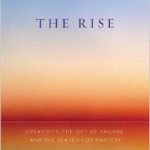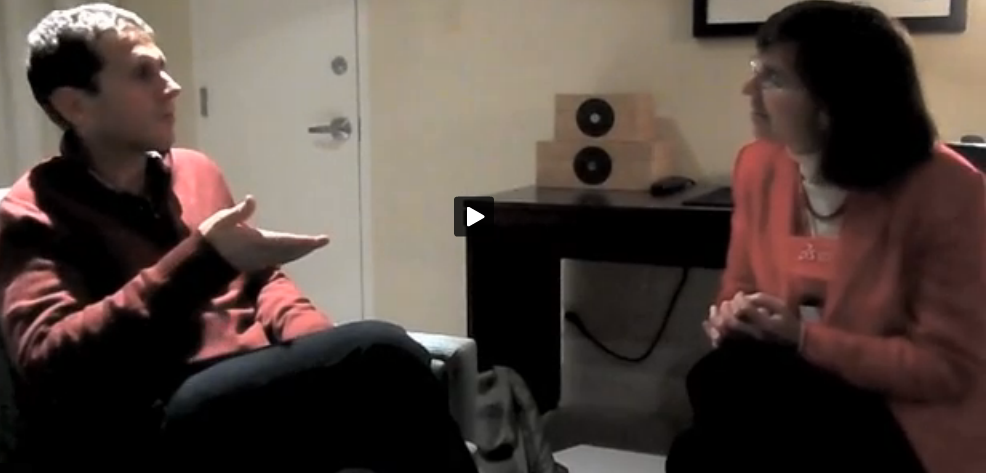Why Amateurs Make Breakthroughs #BIF10
Point: “Amateurs” have a willingness to try outlandish things, things that experts “know better” than to do.
Story: The word “amateur” has gotten a bad rap. People apply the term dismissively to imply that someone is an  unskilled dabbler, but the word originates from the Latin “amator” meaning a lover, a devotee, or person who adores a particular endeavor. I learned this from Sarah Lewis, whose new book on creativity, The Rise, devotes an entire chapter to “The Disciplined Amateur.”
unskilled dabbler, but the word originates from the Latin “amator” meaning a lover, a devotee, or person who adores a particular endeavor. I learned this from Sarah Lewis, whose new book on creativity, The Rise, devotes an entire chapter to “The Disciplined Amateur.”
Lewis chronicles the discoveries by Nobel Prizewinner Andre Geim, among others. Geim credits his willingness to enter a new field as instrumental to his discovery and isolation of graphene, a carbon-based material that is the thinnest, strongest, most conductive material currently known to exist. As Lewis points out, “If we made a car out of graphene, it would be the lightest automobile in existence, but could also drive through walls.”
Geim, a physicist, had never worked with carbon before, but his curiosity and attitude of “it’s better to be wrong than be boring,” made him unafraid to be “entering into someone else’s territory, to be frank, and questioning things people who work in that area never bother to ask.”
Geim keeps that “amateur” freshness by staying in a field no longer than five years, to prevent his perspective from fossilizing such that he can no longer see anything but the “accepted” way.
To keep flexing that amateur muscle, Geim created “Friday Night Experiments” at his lab in Holland. These experiments encourage physicists to explore and do whatever they want (short of blowing up the entire lab), to try things that will likely fail. Yet out 24 such experiments, three have been huge hits, including the creation of gecko tape, a levitating frog, and the aforementioned isolation of graphene.
How can you create or join in a Friday Night Experiment yourself? One way I do it is by attending the Business Innovation Factory‘s annual Innovation Summit. Although I go to other innovation conferences, the BIF series (now its tenth year: BIF10), has a unique, playful, “try it!” energy that encourages experimentation. The summit keeps its freshness by insisting that its storytellers (not “speakers”) share their personal stories, not canned speeches. BIF banished PowerPoint. Attendance is strictly limited to 400, and the summit sells out every year. The summit is small enough to facilitate mingling among storytellers and attendees, and large enough to enable “random collisions of unusual suspects,” as organizer Saul Kaplan puts it.
The BIF summits are conducive to being on what Schopenhauer called “the playground of others’ thoughts.”
I’ll be joining the jungle-gym of ideas at #BIF10 this Sept 17-18, my fourth time. If you have a chance, I encourage you to join in, too!
Action:
- Set aside time for experimentation whether its 10% of work time or special events like Friday Night Experiments and Business Innovation Factory summits.
- “Jump the fence” to explore new areas where your “amateur” perspective could reveal new opportunities
- Stay open enough to new ideas to take risks and fail
Comments Off on Why Amateurs Make Breakthroughs #BIF10Uncategorized











